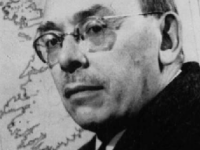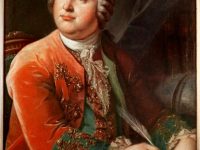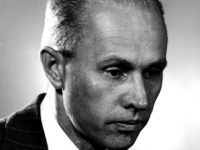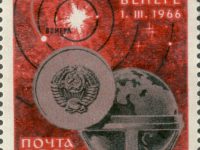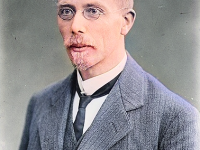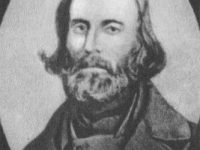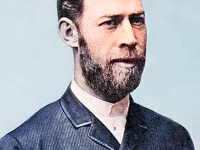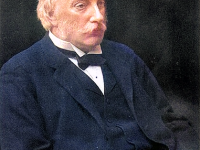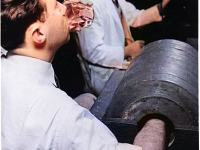Earnest A. Hooton and Physical Anthropology
On November 20, 1887, Jewish-American physical anthropologist Earnest Hooton was born. Hooton investigated human evolution and racial differentiation, classified and described human populations, and examined the relationship between personality and physical type, particularly with respect to criminal behaviour. Education and Academic Career Earnest Albert Hooton was born in Clemansville, Wisconsin, USA. He was educated at Lawrence University in Appleton, Wisconsin, where heearned his BA in 1907. He won a Rhodes Scholarship to…
Read more

